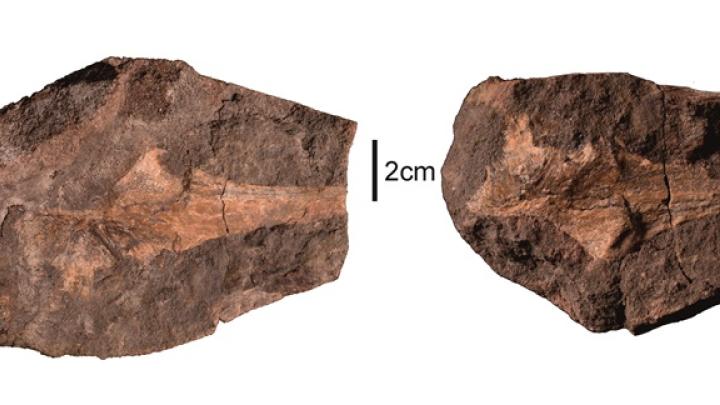Researcher: Studies of meteorites allow to predict collisions of an asteroid with Earth
 Photo: Fotolia
Photo: Fotolia
The results of studies of meteorites allow to answer the fundamental questions about the construction of matter in the Universe, but also predict potential threats to the Earth, such as collision with an asteroid" - told PAP Dr. Radosław Wach from Lodz University of Technology.
Meteoroid is a small rock crumb, usually from an asteroid. When it enters the Earth\'s atmosphere, we see it as a light track called a meteor or colloquially "falling star". If the object is of a larger size and can survive the journey through the atmosphere, after falling to Earth it is called a meteorite.
Meteorites are usually characterized by the presence of iron (hence one of the potential meteorite tests is to study its magnetism) and a fusion crust - usually a black, thin crust on the surface of the rock.
As the expert explained, there are three main groups of meteorites: iron, stony-iron and the most common stony meteorites. Stony meteorites are divided into chondrites (containing up to 10% iron) and achondrites (up to 1% iron).
Scientists from Łódź study ordinary chondrites and their objective is to determine specific heat capacity, thermal diffusivity, thermal conductivity, density and porosity of meteorites.
Thermophysical studies of meteorites at the Lodz University of Technology were initiated by Dr. Marian Szurgot from the Mathematics and Physics Teaching Centre.
According to Dr. Radosław Wach from the Interdepartmental Institute of Radiation Technology, Lodz University of Technology, the results of such studies allow to answer the fundamental questions concerning the construction of matter in the Universe and the evolution of matter in interplanetary space. "Knowledge of the thermophysical properties of extraterrestrial minerals and rocks is essential for analysing the thermal evolution of asteroids and planets, sources of meteorites" - said Dr. Radosław Wach from the Interdepartmental Institute of Radiation Technology, Lodz University of Technology.
Researchers also conduct phase studies of thermal transition in troilite - iron sulfide (FeS), one of the components of stony meteorites, in collaboration with scientists from Wrocław University of Technology and the Polish Meteoritical Society (Prof. Tadeusz Przylibski and Dr. Katarzyna Łuszczek).
"Based on the study of thermal transition, or phase changes of troilite, we can determine the thermal history of a given celestial object. We can tell whether it has been subjected to other collisions in space, associated with heat emission that changed the troilite structure" - he explained.
The collected data are important in modelling and simulating collisions of celestial objects, their entry into the Earth\'s atmosphere, and the potential damage they can cause to the surface of the Earth, he said.
"An astronomical object entering the Earth\'s atmosphere - if it is large enough - can cause significant damage to the surface of the Earth. Therefore, the research we are conducting allows to model phenomena that will predict the consequences of a collision with an astronomical object of a smaller or larger mass for the Earth and its inhabitants" - added the scientist.
Meteorites are usually found in deserts or polar regions. They do not happen often in Poland. The last spectacular fall of the Soltan meteorite took place in 2011. Next year will mark the 150th anniversary of the fall of the meteorite Pułtusk, which after breaking apart in the atmosphere on 30 January 1868 fell in the form of meteorite rain northeast of Pułtusk. Both meteorites belonged to the group of stony chondrites. (PAP)
PAP - Science and Scholarship in Poland
szu/ zan/ agt/ kap/
tr. RL
Przed dodaniem komentarza prosimy o zapoznanie z Regulaminem forum serwisu Nauka w Polsce.















